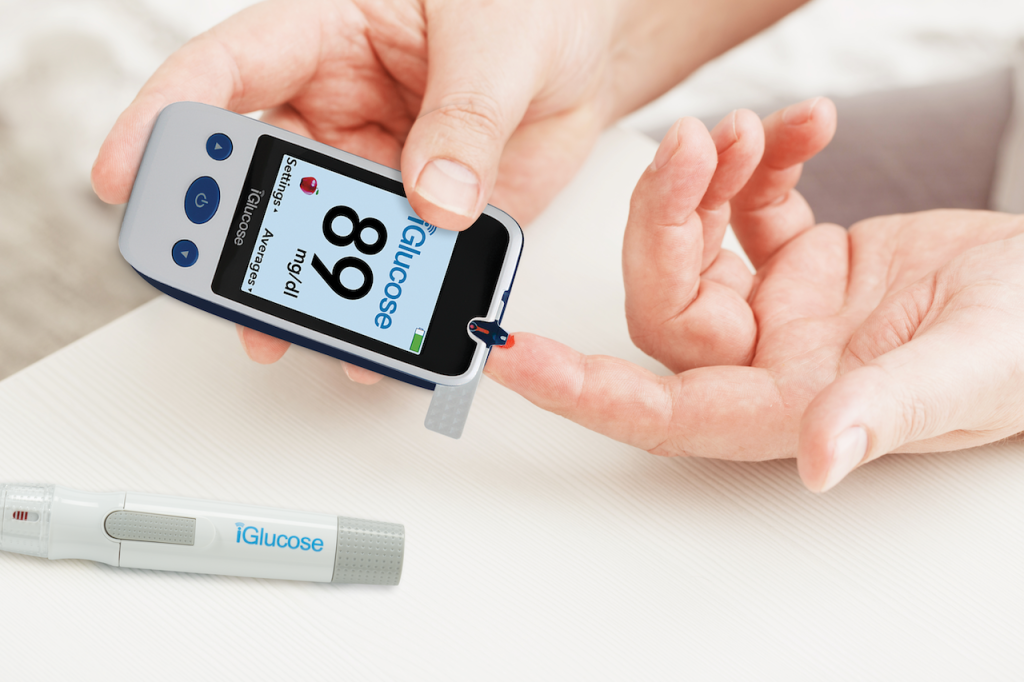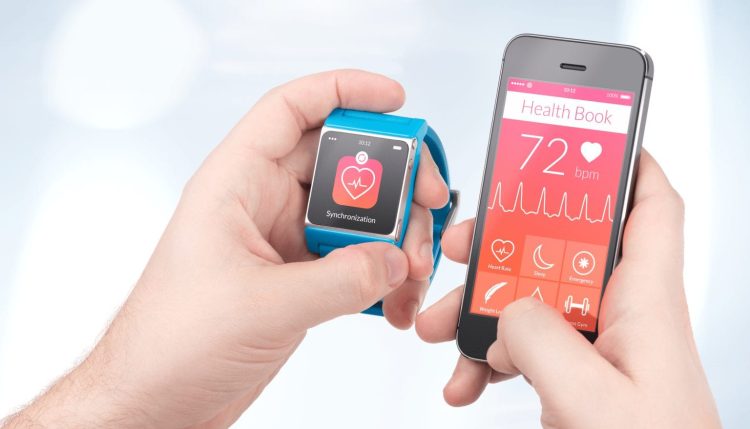Introduction: The Intersection of Health and Smart Home Technology
The integration of smart health devices within the home has become a key component of modern living, offering a dual benefit: they enhance the comfort and well-being of individuals while contributing to energy efficiency. These smart devices, powered by advancements in Internet of Things (IoT) technology, do more than simply automate basic home functions—they adapt to the unique lifestyles and habits of family members, ensuring both personalized comfort and optimized energy usage.
With the increasing demand for sustainable living solutions and a rising awareness of health and wellness, the adoption of smart health devices is set to grow exponentially. In this article, we will explore how these devices work, the specific benefits they provide, and how they revolutionize the way we approach both personal well-being and environmental responsibility.
1. Understanding Smart Health Devices: More than Just Gadgets
Smart health devices refer to a range of interconnected technologies designed to enhance the health and comfort of individuals by collecting data, analyzing habits, and automating actions based on learned behaviors. These devices typically include:
- Smart Thermostats: Devices like Nest or Ecobee that regulate home temperatures by learning your preferences and adjusting heating or cooling based on occupancy.
- Smart Sleep Trackers: Wearables or devices like the Fitbit or Oura Ring that monitor sleep patterns and offer insights to improve sleep quality.
- Smart Air Quality Monitors: Devices that track indoor air quality, adjusting humidity and ventilation to optimize the living environment.
- Smart Lighting: Systems that adjust the lighting based on the time of day or the activities being performed, contributing to both comfort and energy savings.
These devices leverage real-time data and machine learning algorithms to create a more personalized, efficient, and healthy living environment.
2. How Smart Health Devices Improve Comfort
The primary goal of integrating smart health devices into the home is to ensure a high level of comfort for all family members. Here’s how these devices contribute to a more comfortable living space:
Optimized Indoor Temperature
Smart thermostats like the Nest Learning Thermostat and Ecobee use machine learning algorithms to analyze how and when you use heating and cooling in your home. Over time, they adapt to your daily routines, adjusting the temperature to suit your preferences and ensuring that your home is always at the ideal temperature when you arrive. Additionally, these systems can detect when no one is home, reducing energy consumption by turning down heating or cooling, and ensuring energy isn’t wasted.
- Example: A family might prefer the home to be warmer during the mornings and cooler in the evenings. A smart thermostat learns this pattern and adjusts accordingly, maintaining comfort while avoiding unnecessary energy consumption.
Personalized Sleep Environments
Sleep is a critical factor in overall health, and smart devices can help optimize the sleeping environment. Smart sleep trackers not only monitor sleep patterns but also use this data to improve the quality of sleep. Devices like the Withings Sleep Tracking Mat or Oura Ring provide insights into your sleep cycle, including deep sleep and REM stages, and offer personalized recommendations for improving sleep hygiene.
- Example: A device may detect that a person sleeps better with cooler temperatures or dimmer lights, and automatically adjusts the bedroom environment to improve their sleep quality.
Air Quality and Environmental Controls
Indoor air quality plays a significant role in comfort and health. Smart air quality monitors, like those from Awair or Xiaomi, track various factors such as temperature, humidity, CO2 levels, and pollutants. These devices can automatically adjust air purifiers, humidifiers, or fans to ensure optimal air quality, providing an environment that is both comfortable and healthy.
- Example: If an air quality monitor detects a drop in indoor air quality due to high humidity or allergens, it can activate an air purifier or adjust the humidity levels, ensuring the home environment remains comfortable.
Smart Lighting for Mood and Functionality
Smart lighting systems like Philips Hue and LIFX do more than just turn lights on and off—they adjust the ambiance to suit different times of day, activities, and even moods. These devices can also be programmed to match circadian rhythms, improving sleep quality by dimming lights at night and brightening them in the morning to help regulate the body’s natural sleep-wake cycle.
- Example: A home automation system might dim the lights in the evening to promote relaxation or increase brightness when preparing for work or exercise, optimizing both comfort and productivity.

3. Energy Efficiency: Saving Resources Without Compromising Comfort
As concerns over climate change and sustainability continue to grow, smart health devices also provide solutions for reducing energy consumption without sacrificing comfort. The ability of these devices to “learn” the habits and routines of the household members means that they can optimize energy use, cutting waste while still maintaining an ideal living environment.
Smart Thermostats and Energy Savings
As mentioned earlier, smart thermostats offer significant energy savings by learning your home’s occupancy patterns. By adjusting the temperature based on when the house is occupied, smart thermostats ensure that you’re not heating or cooling an empty home. Furthermore, some devices like the Nest Learning Thermostat offer additional features such as energy reports and suggestions for further energy-saving improvements.
- Example: If the smart thermostat detects that the house is typically empty during work hours, it can lower the heating or cooling, and then adjust to a comfortable level before family members arrive home.
Efficient Lighting Systems
Smart lighting systems contribute to energy savings in several ways. By automatically turning off lights when they are not needed or adjusting them based on natural light, these systems reduce energy consumption. Additionally, many smart lights use LED technology, which consumes significantly less power than traditional incandescent bulbs.
- Example: A smart lighting system might be set to turn off all lights in the house at a specific time every night, or adjust them based on room occupancy, ensuring that lights are only on when needed.
Energy Monitoring and Smart Appliances
Some smart health devices go beyond heating, cooling, and lighting by monitoring overall energy usage. Smart plugs and power strips can measure the energy consumption of individual devices, providing valuable data on how much energy is being consumed by appliances such as refrigerators, washing machines, and entertainment systems. This data helps users make informed decisions about which devices to use and when, helping further reduce overall energy consumption.
- Example: A smart plug could be used to monitor the energy usage of a washing machine, and based on that data, you could decide to use it only during off-peak hours when energy costs are lower.
4. Learning Family Habits: Personalized Health and Comfort
One of the most innovative aspects of smart health devices is their ability to learn and adapt to the habits of family members. These devices use machine learning algorithms to detect patterns and make adjustments based on the lifestyle of the people in the home.
Behavioral Adaptation in Smart Devices
As smart devices observe household routines, they begin to adjust the environment automatically. For example, a smart thermostat will learn when you typically leave for work and when you return, adjusting the temperature for maximum comfort while saving energy. Similarly, a smart sleep tracker can detect when you are most restless during the night and provide suggestions to improve your sleep environment.
- Example: If a family consistently leaves the house at 8 AM every weekday, the thermostat can learn this routine and begin adjusting the temperature earlier in the morning to prepare for the day ahead.
Predictive Health Monitoring
Some smart health devices also go beyond environmental comfort and focus on health monitoring. For example, smart scales, blood pressure monitors, and glucose trackers can sync with apps to monitor vital health data over time, offering insights that can lead to healthier lifestyle choices. These devices are often connected to larger health management systems, allowing family members to track progress, set goals, and receive recommendations based on collected data.
- Example: A person may have a smart scale that tracks their weight, body fat percentage, and muscle mass over time. Based on this data, the device might suggest adjustments to diet or exercise routines, personalized to the individual’s health needs.
5. Future Trends: What Lies Ahead for Smart Health Devices?
The future of smart health devices is incredibly exciting. As technology continues to evolve, so will the capabilities of these devices, leading to even more personalized, efficient, and health-focused home environments. Some of the key trends to watch for include:
AI and Deep Learning Integration
In the coming years, smart health devices will become even more sophisticated, with AI and deep learning helping them make predictions about health and comfort. These devices will not just respond to what has happened, but anticipate needs before they arise.
Integration with Wearable Devices
As wearables become more advanced, their integration with smart home devices will allow for even more seamless experiences. For example, a smart thermostat might adjust based on real-time data from a wearable device that tracks body temperature or activity levels.
Energy-Positive Homes
The future will also see homes that are not just energy-efficient, but energy-positive, generating more power than they consume. With solar panels, advanced energy storage systems, and intelligent energy management systems, smart homes will play a crucial role in the transition to sustainable living.
6. Conclusion: A New Era of Health and Sustainability at Home
Smart health devices are redefining the way we live, offering an unprecedented level of comfort, health monitoring, and energy efficiency. By learning family members’ habits, these devices optimize both the physical and environmental aspects of the home, ensuring a personalized, sustainable living experience. As technology continues to evolve, the potential for smarter, healthier, and more energy-efficient homes grows, promising a future where well-being and sustainability are seamlessly intertwined.
This transformation is already underway, and as smart devices become increasingly affordable and accessible, more families will benefit from the comfort, convenience, and energy savings these technologies offer. The future of home living is smart, and it’s a future that’s already beginning to take shape in our homes today.











































